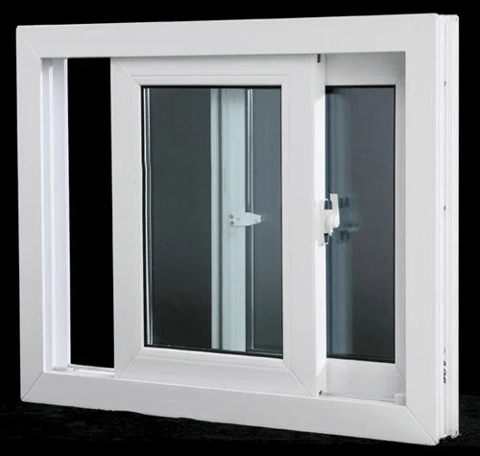uPVC windows, also known as Unplasticized Polyvinyl Chloride windows, are a popular choice for modern homes due to their durability, energy efficiency, and low maintenance requirements. Here’s a detailed look at the advantages and considerations when opting for uPVC windows:
Advantages of uPVC Windows:
Durability:
uPVC is highly resistant to weather conditions, including rain, wind, and sunlight. It doesn’t rot, rust, or corrode, making it suitable for various climates.
The material is resistant to salt corrosion, which is beneficial for homes near the coast.
Energy Efficiency:
uPVC windows have excellent insulation properties, helping to keep homes warm in winter and cool in summer.
They contribute to reducing energy bills by maintaining a consistent indoor temperature, reducing the need for heating and cooling.
Low Maintenance:
uPVC windows do not require painting or sealing. Cleaning with soap and water is usually sufficient to keep them looking new.
They are resistant to termites and do not warp or swell with moisture.
Security:
uPVC windows are robust and often feature multi-point locking systems, enhancing the security of the home.
The material itself is hard to break, providing an added layer of protection against intruders.
Sound Insulation:
uPVC windows offer good sound insulation, reducing external noise, which is particularly beneficial for homes in busy or noisy areas.
Aesthetic Variety:
Available in various styles, colors, and finishes, uPVC windows can match the aesthetic of almost any home.
They can be customized to fit different sizes and shapes of window openings.
Considerations:
Initial Cost:
While uPVC windows can be cost-effective in the long run, the initial investment may be higher compared to some other materials like aluminum or wood.
Environmental Impact:
uPVC is a type of plastic, and its production and disposal can have environmental implications. However, it is recyclable, and many manufacturers are improving recycling processes.
3. Thermal Expansion:
uPVC can expand and contract with temperature changes. Proper installation is crucial to ensure there are no gaps or warping over time.
Style Limitations:
While uPVC windows come in many styles, they may not be suitable for historic or period properties where wood might be a more appropriate material to maintain the traditional look.
Types of uPVC Windows:
1. Casement Windows: Hinged on the side and open outward like a door.
2. Sliding Windows: Move horizontally along a track.
3. Tilt and Turn Windows: Can tilt inwards at the top or open fully inward from the side.
4. Bay Windows: Extend outward from the main walls, creating a bay inside.
5. Awning Windows: Hinged at the top and open outward from the bottom.
Conclusion:
uPVC windows are a versatile and practical choice for many homeowners. Their combination of durability, energy efficiency, and low maintenance makes them a popular option for modern and traditional homes alike. However, considering the initial cost and environmental impact is important when making a decision. Proper installation and maintenance can ensure these windows provide long-lasting benefits.
U PVC WINDOWS




